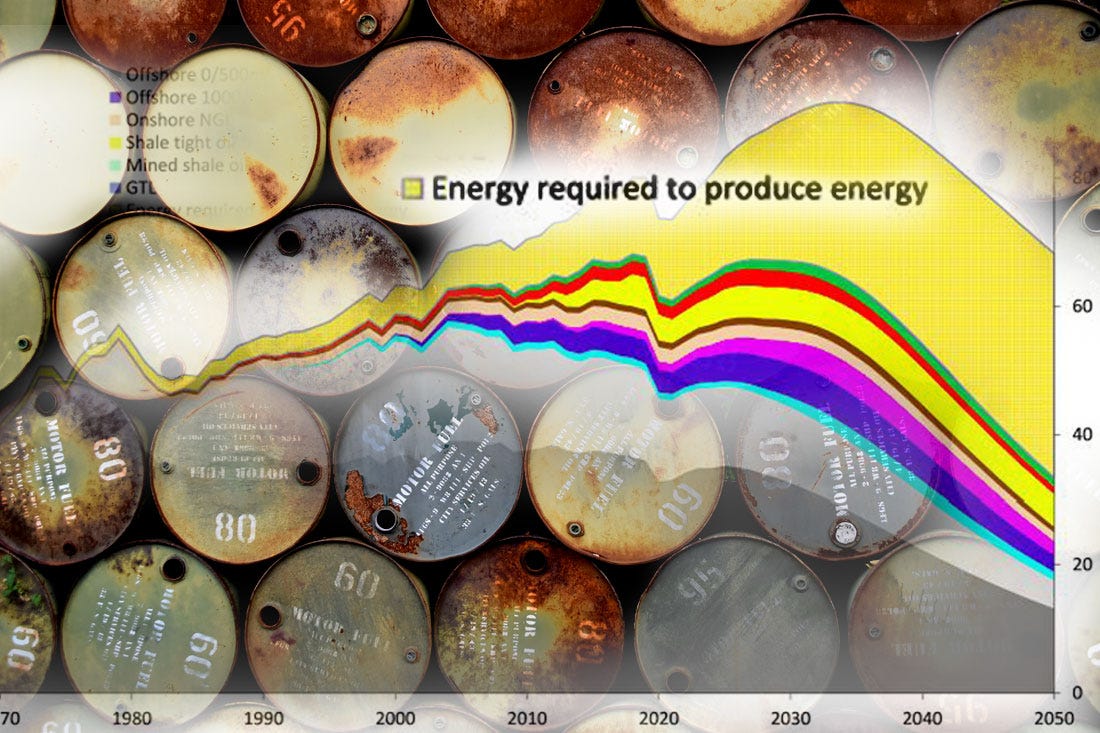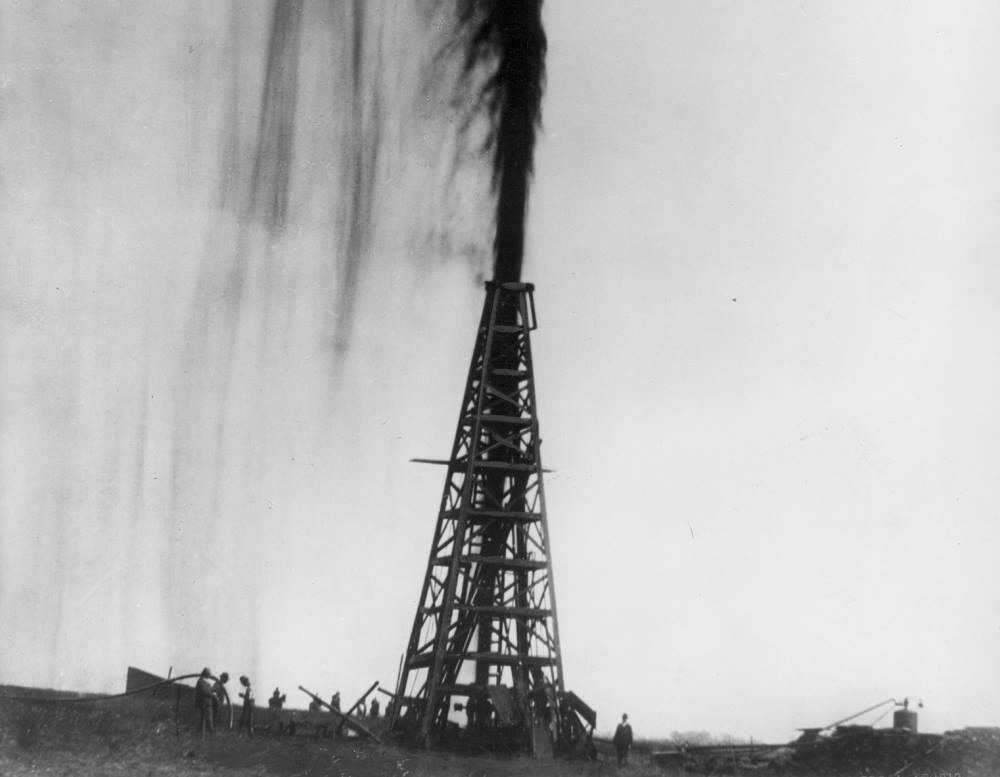Oil & Gas Group
This group brings together those who are interested in topics around oil and gas exploration, drilling, refining, and processing.
Post
Scraping the barrel
Does the winter energy crunch mark the start of a much longer energy crisis? New studies into the oil industry’s diminishing energy returns (EROI) suggest we are slipping down a perilous energy cliff. If the models are to be believed, simply ‘producing more’ might not be possible, and would only make matters worse. Energy Flux delves into controversial EROI theory – and asks what it means for decarbonisation, peak demand, energy security and economic stability.

From oil gushers to energy cannibalism
At the dawn of the 20th century, a one-armed American mechanic and lumber merchant by the name of Pattillo Higgins identified a hilltop location near Beaumont, Texas, to drill an oil well. Having taught himself rudimentary geology, Higgins was convinced Spindletop Hill held vast amounts of oil. He persevered despite being ridiculed by investors, and his efforts paid off in the most spectacular way imaginable.
On 10th January 1901, a drilling derrick struck a high-pressure reservoir beneath Spindletop Hill. An intense oil eruption blew the six-tonne drill pipe out of the ground and sent a 150-foot geyser spewing crude into the air, coating the hill with sludgy residue. In a flash, America’s oil production more than doubled. News of this dramatic event spread like wildfire, triggering the first Texas oil boom – a period that would later become known as the Gusher Age.

Fast-forward 120 years and oil gushers can be found only in the history books. Oil does not spring violently from the ground in any major conventional oil province. As fields mature and flow rates decline, oil must be coaxed up by pumping other liquids or gases down the borehole to create the reservoir pressure required to maintain commercial flows.
Over time, more energy is being expended to recover the same amount of crude. Every well is at its own stage on the decline curve but on a global aggregate basis, the oil industry’s energy return on energy invested (EROI) is falling. The EROI of conventional fields peaked years ago and is now declining rapidly
See full post here.
Discussions
No discussions yet. Start a discussion below.
Get Published - Build a Following
The Energy Central Power Industry Network® is based on one core idea - power industry professionals helping each other and advancing the industry by sharing and learning from each other.
If you have an experience or insight to share or have learned something from a conference or seminar, your peers and colleagues on Energy Central want to hear about it. It's also easy to share a link to an article you've liked or an industry resource that you think would be helpful.






















Sign in to Participate